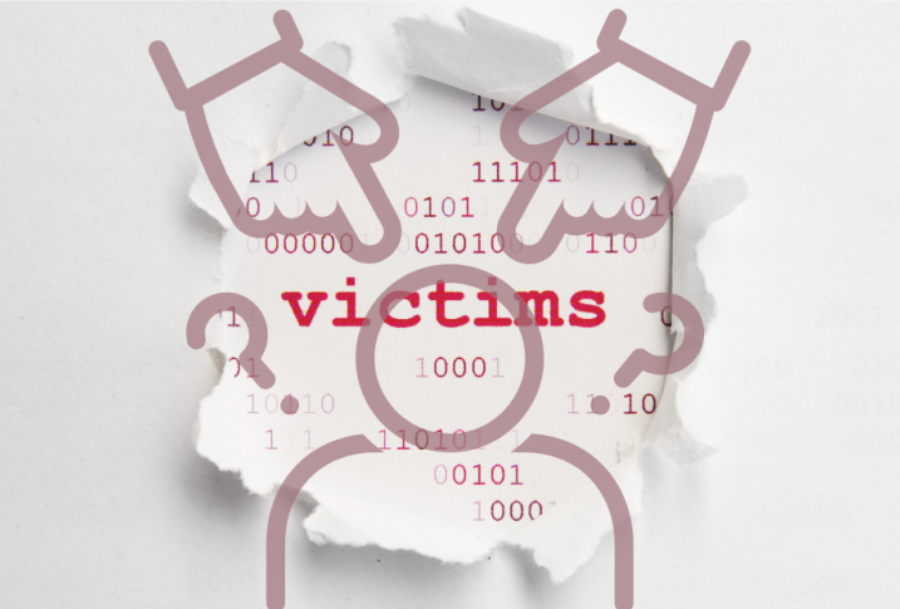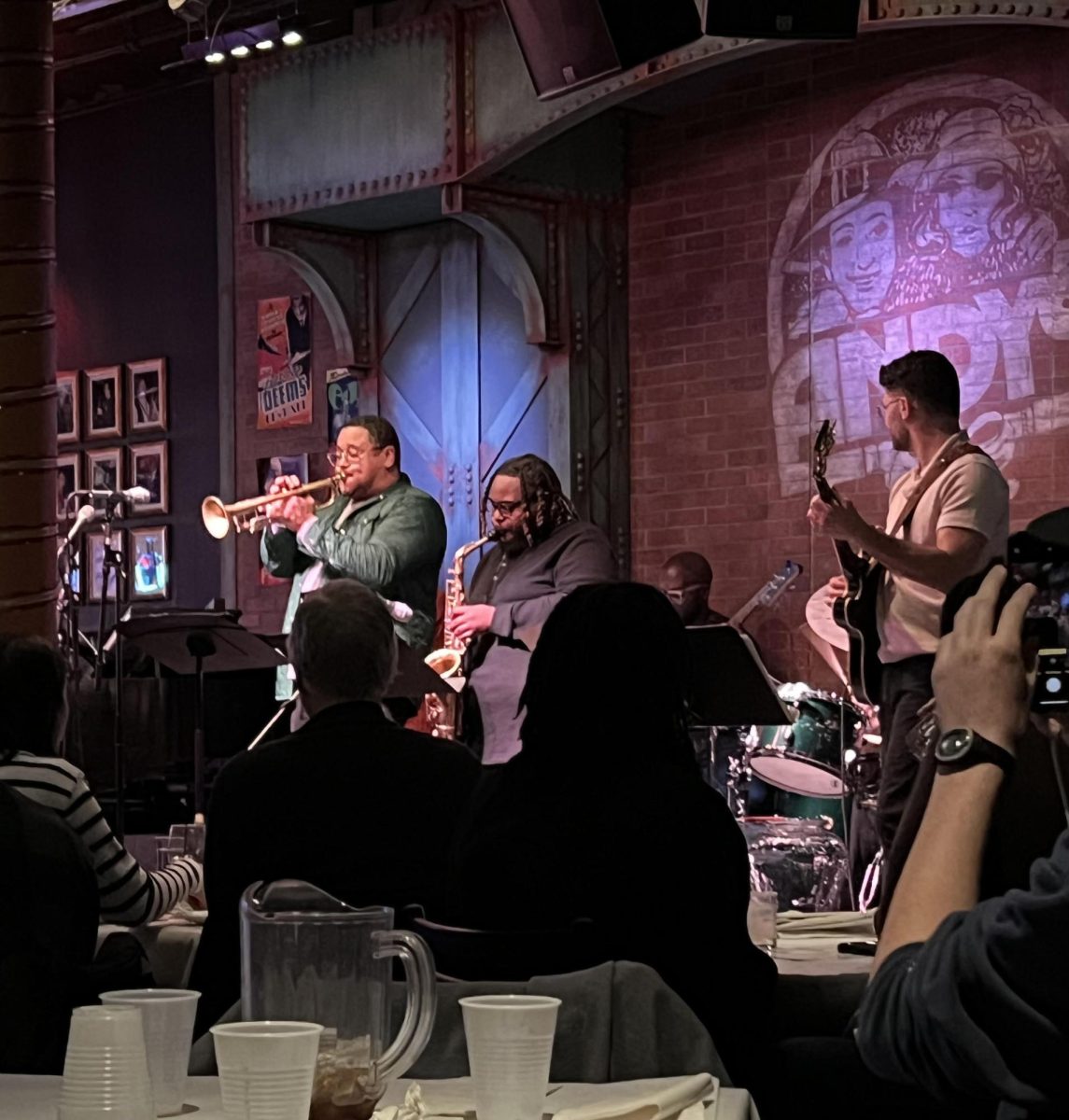Oftentimes, our words begin innocently. But before we know it, and perhaps without malice, they develop into something far more hurtful and damaging.
Imagine a child who has just fallen after climbing a tree. Her mother runs to comfort her and is obviously concerned, but the adult’s first words are, “What were you thinking?”
Victim-blaming occurs when the victim of a violent crime is blamed or held at fault for the crime that happened to them—and it is not a rare occurrence in today’s society.
Most often used in cases of sexual assault, victim-blaming not only downplays a person’s experiences but also leaves the victim feeling worse about the situation. The ensuing feelings that come with it often leave the victim feeling shame about what happened to them, as well as guilt for even coming forward at all.
Survivors of sexual assault regularly find themselves hearing, “Well, if you wouldn’t have dressed that way…” or, “Why did you go in the first place?” This can be especially detrimental as they internalize these remarks and begin to believe they could be partially at fault.
Sexual assault survivors are not the only ones who suffer from victim-blaming. In trials like Kyle Rittenhouse’s and George Floyd’s, victim-blaming has become especially prevalent.
Rittenhouse was a 17-year-old boy when he shot three men at the protest for Jacob Blake in Wisconsin. Rittenhouse and many others believed it was self-defense, and he testified he was there to protect local businesses.
Rittenhouse’s lawyer Mark Richards filed a motion to use Joseph Rosenbaum’s sexual misconduct with a minor as evidence and motive during the trial. With this, Richards wanted to establish motivation for the attack on Rittenhouse. He theorized that Rosenbaum attacked Rittenhouse in hopes of getting his gun as Rosenbaum was unable to buy a gun legally due to him being a registered sex offender.
As the defense attorney, it was Richards’s job to defend his client against the prosecution to the point where the jurors had no doubts. Despite arguments that this was morally wrong, it was ultimately the job of the defense to frame what happened in a light that was convenient for them.
“Therefore, when you are looking for the best ‘strategy to win,’ [victim-blaming] certainly makes sense because they only need a juror to question the idea of someone being ‘guilty beyond a reasonable doubt,’ ” said sociology and government teacher Trever Zahn. “If they can get any measure of ‘doubt’ to creep into the minds of those jurors because they may have ‘misunderstood’ a situation, they will be able to avoid a conviction.”
Rittenhouse was acquitted of all charges on Nov. 19, proving that victim-blaming can be largely successful. Victim-blaming may be a good defense, but it often manipulates stories, seemingly justifying the crime.
Prior to the Rittenhouse case was the George Floyd case, another situation of victim-blaming. George Floyd was a 46-year-old Black man who died under the knee of Derek Chauvin after being handcuffed and pinned to the ground. Floyd was in this position for over nine minutes, receiving no mercy despite his pleas for air as he told Chauvin that he was unable to breathe.
Chauvin’s lawyer, Eric Nelson, used Floyd’s previous drug use and medical issues as the reason for his death. He continued to use this story in his favor as he got forensic pathologist David Fowler to attest to this. Fowler went so far as to say that it was a mere coincidence that Floyd died while Chauvin had his knee placed on Floyd’s neck.
Police brutality is most often seen within the Black community. With police brutality comes an unsettling—but not shocking—amount of victim-blaming.
Eugene Robinson elaborated on this idea in his article in The Washington Post. “The other principal way African Americans are usually blamed for being killed by police is the claim that the victim is ‘no angel,’” he said. “That the victim’s ‘prior bad acts’ somehow justify the use of deadly force and that race had nothing to do with the unfortunate outcome.”
Still, victim-blaming is not always coming from a place of malice. Kayleigh Roberts of The Atlantic wrote an article analyzing the psychology behind victim-blaming. In her analysis, she brought up an interesting concept regarding victim-blaming. “Holding victims responsible for their misfortune is partially a way to avoid admitting that something just as unthinkable could happen to you – even if you do everything ‘right,’” she said.
Over time, victim-blaming has become a human default. People are chastised when they are pickpocketed because they should not have kept their wallets in their back pockets. In a similar context, knee-jerk reactions to a tragic motorcycle accident assume the cyclist had it coming because he was not wearing a helmet. Yet another victim is blamed when the story of the raped college girl has society questioning why she wore such a short skirt.
Victim-blaming is heavily attributed to the Just World Theory. The world today is filled with people who believe that good things happen to good people, and bad things happen to bad people. This results in the constant belief that in some way or another, victims deserve what happened to them.
Victim-blaming is an unfortunate but useful defense tactic that continues to justify unjustifiable events. As a result, victims are filled with shame as they blame themselves for their tragedy. Because of its presence in the justice system, victim-blaming will likely always be a part of our culture.
But that does not mean we are unable to do our part in alleviating the implications.

















Jahni Harn • Dec 10, 2021 at 11:06 pm
I thought that this article was very informative and interesting. I had a general idea of what victim blaming is, but I never knew about it in that much detail. I thought that the author did a good job of explaining the article, and made it easy to understand.
devin • Dec 3, 2021 at 8:31 am
This article is very interesting. I’ve never heard of victim blaming before yet want to look deeper into it after reading this article.